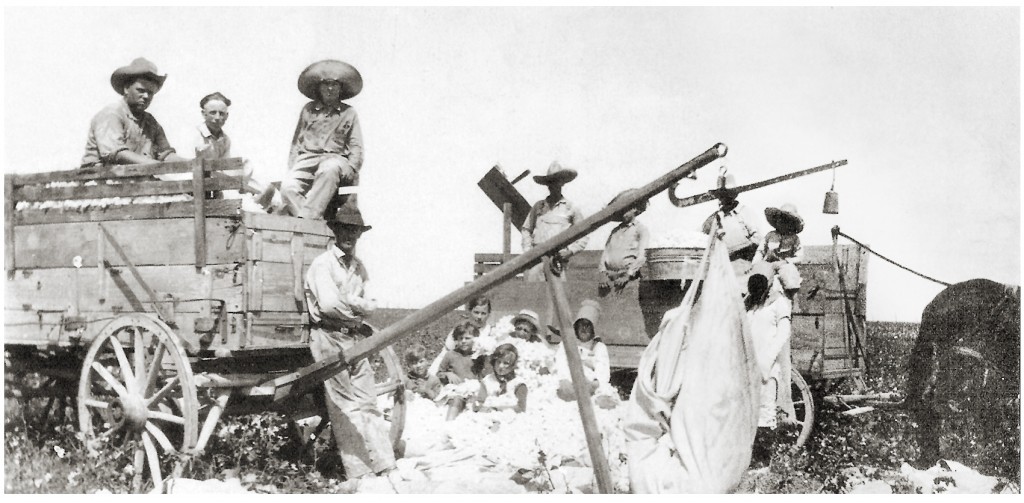History

The city of Cranfills Gap is located in western Bosque County, at the intersection of State Highway 22 and Farm Road 219, forty-two miles northwest of Waco and fourteen miles southwest of Meridian.
The town was named for George Eaton Cranfill, who in 1851 had settled near the gap in a mountain on the border between Bosque and Hamilton counties. By 1858, the immediate area was a focus of settlement, but it wasn’t until May 1879 before the first sign of organized community development occurred, when Sam Cranfill succeeded in moving a nearby Hamilton County post office, opened one month earlier by Samuel B. Crawford, across the county line into Cranfills Gap.
The area may have had a horse-powered cotton gin at this time; Riley and Bud Ford opened the first store in 1882. By 1890 the town had two more stores, a blacksmith shop, a saloon, and two physicians. St. Olaf Kirke, a Lutheran church constructed of rock, was built in a rural Norwegian community in 1886 a few miles from Cranfills Gap. As the membership grew and more people lived in the Gap, the parishioners grew tired of driving to the country for services and built a new brick church in Cranfills Gap in 1917. The old rock church, marked by a state historical marker, still stands and is used on special occasions.
The First Security State Bank, backed by Colorado capital, opened in 1910. Hoping to attract a railroad, the town moved from its first location in the Gap to its present site just east of the ridge in 1913. However, the citizens’ hopes for rail transportation never materialized. Local ranchers operated a wool and mohair association during the mid-1920s. A newspaper, the News, appeared weekly in 1918; the Enterprise was published weekly between 1933 and 1935.
Cranfills Gap was the first town in the nation to sell more than its quota in the Fourth War Loan Drive of World War II. In the 1980s the community school, a consolidation of eleven former districts, served a large part of the surrounding countryside. Estimates indicate that town size fluctuated greatly through the years. The population reached a peak of 600 around 1940. The town was incorporated in 1980, when its population was 341. Residents may have supported as many as twenty-five businesses in the 1940s, but by 1980 only nine rated businesses remained. Population counts in 1990 equaled 269, and by 2000 had grown to 335, and currently stands at 281.